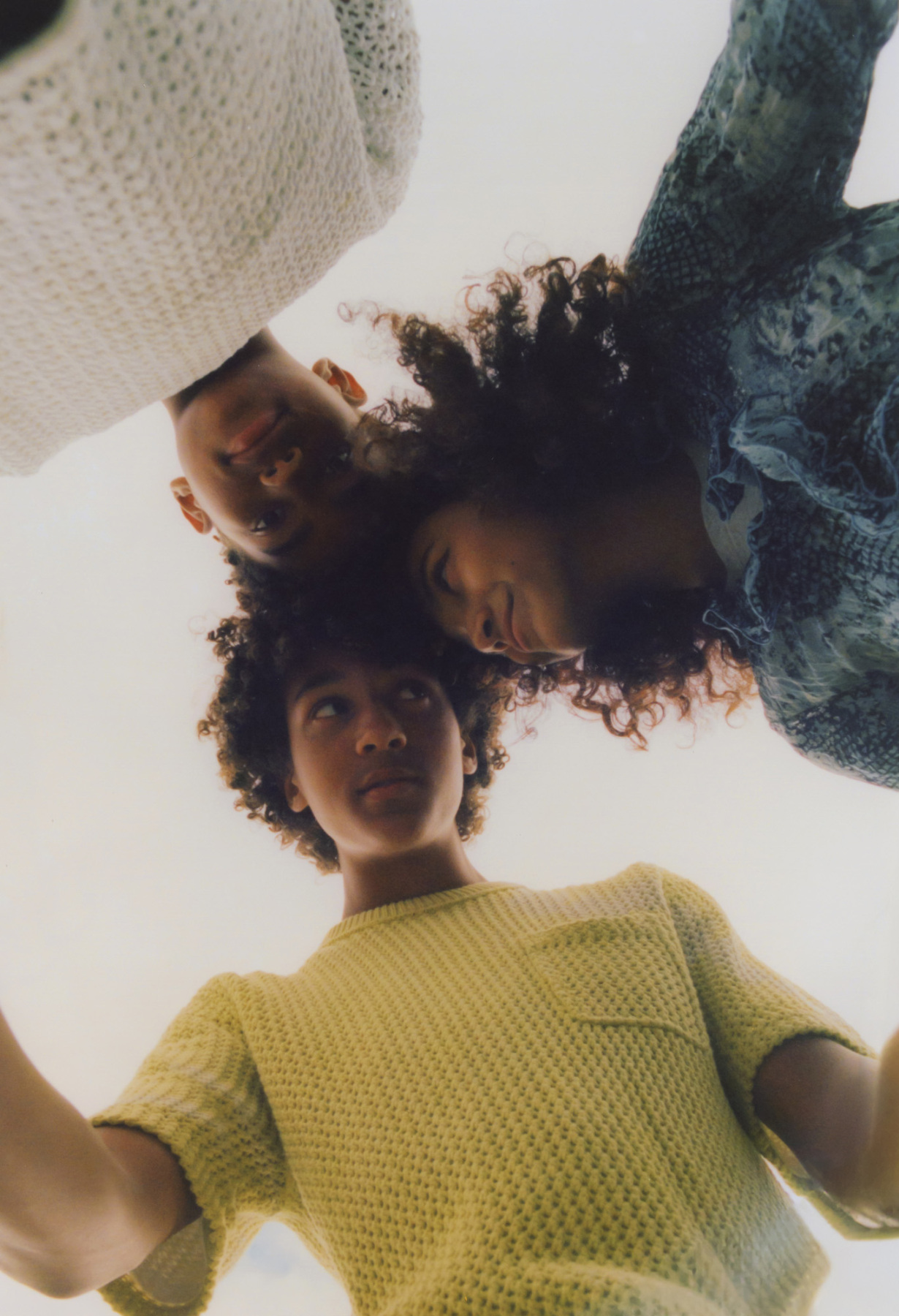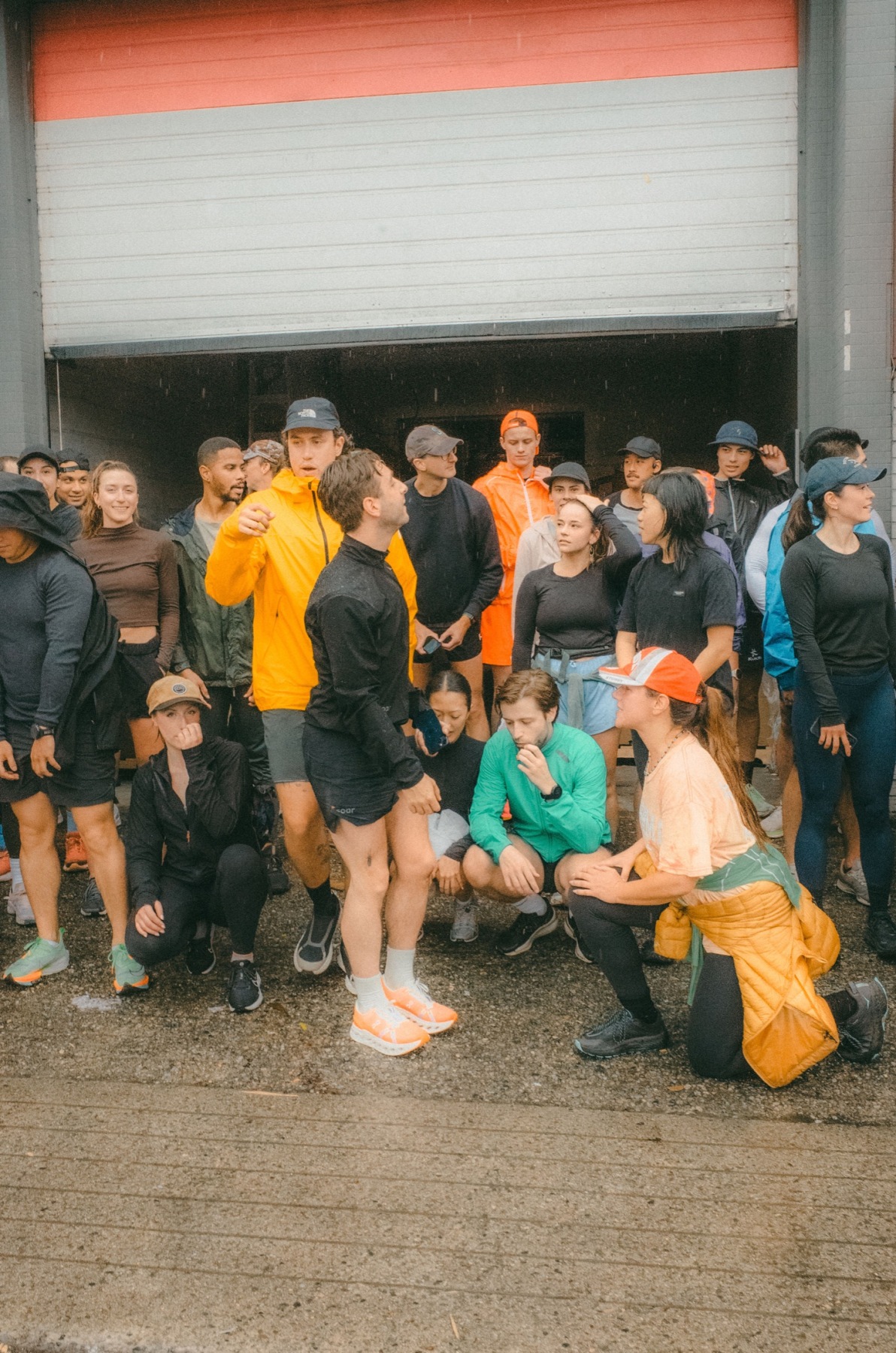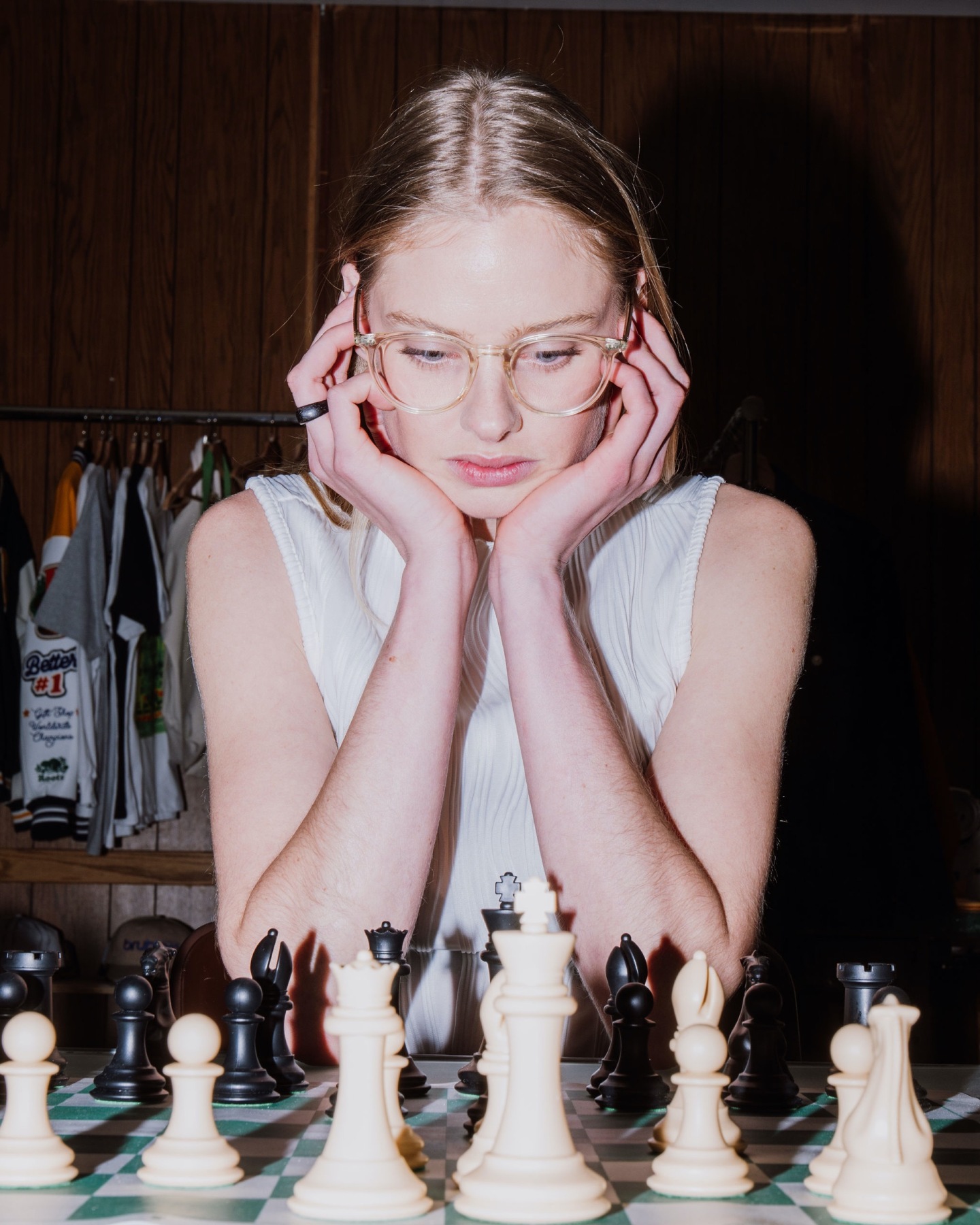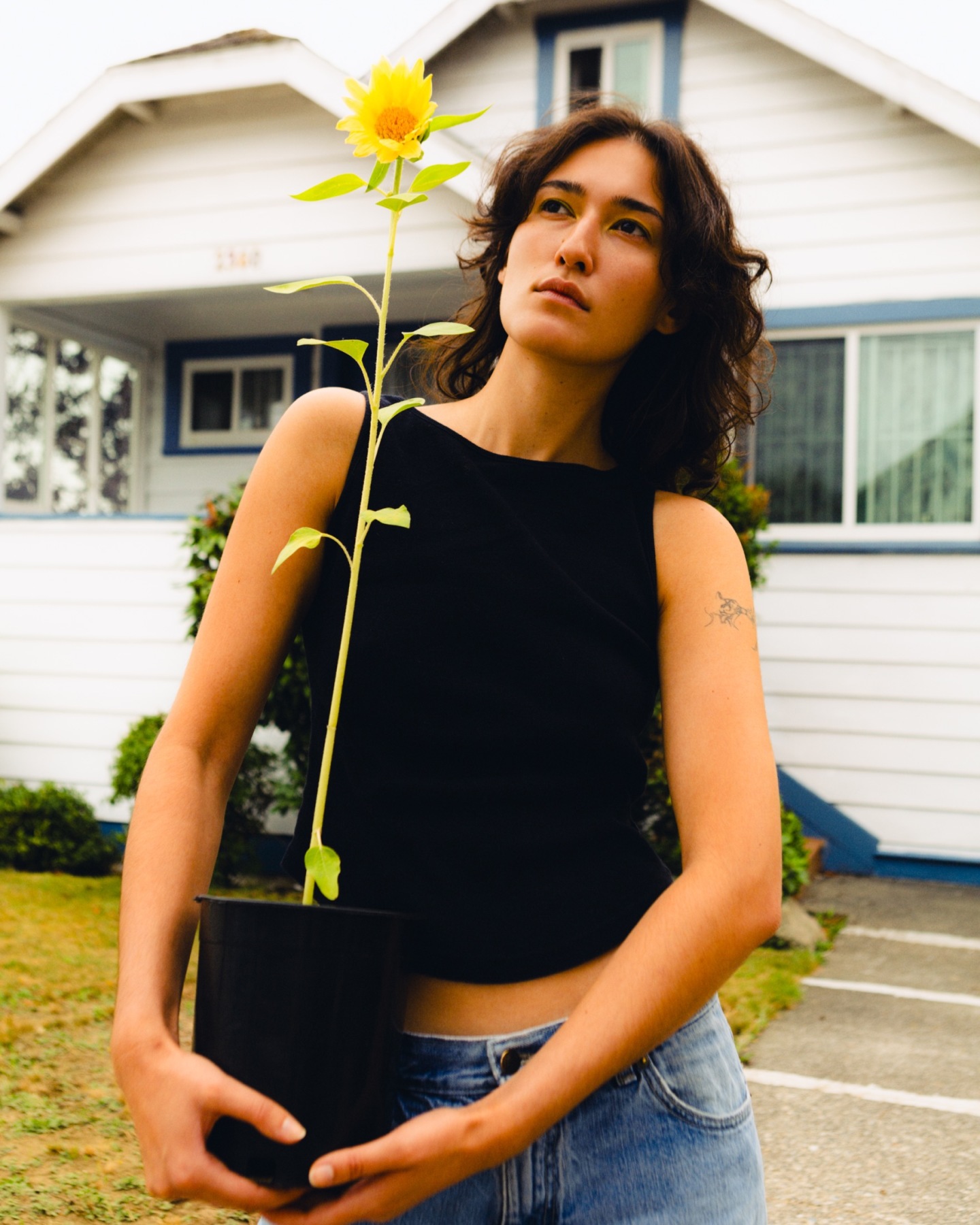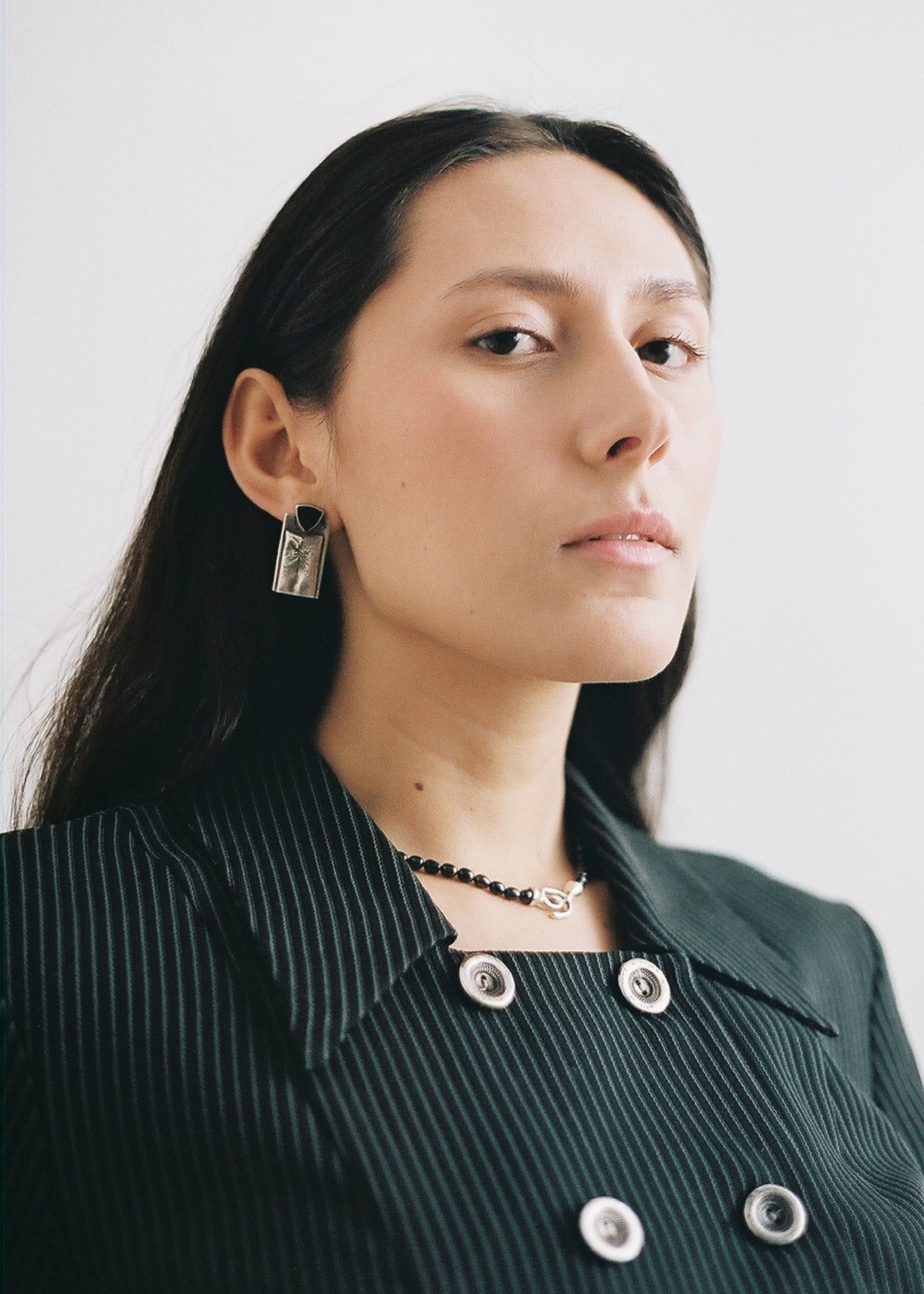David Ehrenreich is a filmmaker who I first met when he was living with one of my best friends back in 2017. I never really saw his work until I attended an exhibition where his short film ‘Cheetoh Monster’ was screening for the first time. This beautiful short ended up being featured on NOWNESS – a global video channel that celebrates the extraordinary of the every day. He’s most recently finished shooting a series for Viceland, directing a series for ESPN, and is currently based in Vancouver.
– Mel King

MEL KING: Hey Dave, it’s been a minute. Thanks for getting me to watch Ingvar Eggert Sigurðsson’s intoxicating film A White White Day. The opening quote about days when ‘everything is white and there is no difference between the earth and the sky and the dead can talk to the living,’ really got me thinking about life and loss. What is it about this film that speaks to you?
DAVE EHRENREICH: I’m glad you enjoyed it. Sometimes I get so into films and start recommending them to everyone without being cognisant of how bleak or tedious they may be. I obviously think that everyone is capable of understanding and enjoying challenging films, it can just be nice to know as a viewer what you’re getting into. I’m often guilty of failing to include that context. I’m not suggesting A White White Day is bleak or tedious, in fact, I think it’s so full of humanity and love. But it’s a film based around tragedy and death, and how those are such subjective experiences. I just really enjoy the film, it’s well directed, I love the characters. It feels fresh but it’s also a classic story. It fucks with the world in such a playful way. It’s my favourite movie I’ve seen recently.

I like that you recommend challenging films. Art isn’t meant to be passively consumed! Speaking of active participation, how is studio life treating you? Tell me a little about the community there.
I love it, I love having a space. In my studio I daydream, and write, I prep projects, I edit a lot – and try to keep organized. I used to work in my apartment but that was problematic. I’m very fortunate to share a studio with lovely people who I trust and admire – like Alana who shot these photos. I’m not going to put anyone on blast but there’s currently six of us plus 3 dogs, a couple skylights, and a little photo studio area that is often repurposed into a set of some kind. Any plant that comes in dies, It’s often messy, it’s full of love.

I think it is important to have a separate space for creative work if possible. When you’re trying to work in your house, it can be challenging to daydream when all you’re thinking about is doing laundry or what you’re going to eat for lunch. I love having a studio! I go there as much as I can. So to further this conversation about work, I wanted your perspective on what you think the industry is doing to bring in more BIPOC talent and what work still needs to be done.
Lots needs to be done, mostly by white men, everyone else has already been working super hard. Who wants to work in a ‘Creative industry’ that continues to support oppressive, patriarchal, colonialist, and systemic racist values – I don’t, you don’t. Acknowledging that all capitalist systems here in Canada do that is baseline. What to do after that is either really complicated or really simple. Hold yourself and the people around you accountable for making your industry, your workplace, your community a more inclusive and positive space moving forward.
Do your reading, stay up on what it takes to make space for people, opposed to pressuring them into having to tell you.
Don’t make yourself the center of the world. There have been films locally like “The Body Remembers When the World Broke Open” (2019) – Elle-Máijá Tailfeathers and Kathleen Hepburn, that are not only authored by indigenous talent, in front and behind the camera, but they also used the production as a on set practical education tool where they had young indigenous film students shadowing and contributing to all the roles on set. That’s how you do it right there.
There are also so many trailblazers, marginalized people who smashed through the glass ceiling, all over the world, who fought adversity to make seminal work. Seek out their films, watch, support and champion them. We as the consumer can also do our part.

I think it is really easy to passively consume content without much thought but like we mentioned earlier, everyone is capable of understanding and enjoying challenging films! As a POC myself, I appreciate it when I come away from a movie feeling like I learned something about myself or about humanity in some way. Speaking of thought provoking work, I wanted to talk about the latest work you shared with me. I noticed that there is an interesting tension between the gaze of the camera and the naturalistic approach of the acting. How do you cast for your films?
That tension is something I look for and I think it also comes from the films that influence me. In regards to talent, I admire people who are confident enough to allow themselves to be vulnerable on camera. I suppose I’m just trying to cast people who interest and attract me in some way. Sometimes, I’ll just meet someone and want them in a film, it can be a chance encounter, but sometimes I find them on craigslist, sometimes just the fact that we need each other to make something is enough! And casting agencies that are run by my friends and are super inclusive in their representation. I’m honored when actors want to work with me.

That leads me to my next question. How do you build relationships with the people in your films?
I try to only work with people who I want to spend time with. I’m sensitive and open to collaboration. I respect the talent and crew, I put my trust in them and I’m honest with them. I hope that in return they trust me.
There is definitely a cerebral component to both ‘Pure Immersion’ and ‘A Drone Pilot Has A Crisis Of Conscience’ that I found quite intriguing so I wanted to ask how do you go about picking subject matter?
I really appreciate your question, but it’s actually hard to answer and not sound like a total dummy. It’s cerebral once we start crafting the story but the initial intrigue is simply instinct. You just have to love your subjects, and locations and stories.
I like to champion people’s idiosyncrasies.
Reimagining moments I’ve seen that I can’t shake, or fictionalizing a daydream. I let the things that make me engage with the world guide me. I’m also very interested in regional mythology, telling stories set locally. I’m very much a student, a total amateur. I want to experiment and collaborate with people I admire. In the case of the two films you mentioned and all of my work there are so many talented people in front and behind the camera that allow for each project’s creation. It’s never mine, I’m just doing my part the best I can.
Pure Immersion is a great example of this. Opening yourself up to inspiration and chaos and just rolling with it.
Dave Biddle and Julia Kidder told me they saw a woman in a bandage mask taking photos in a sketchy spot on the highway, that we should make a film inspired by that. I said sure. Dave wrote the first draft and then we drove to the desert shooting and rewriting as we went. By the end it became a very personal film for all three of us, each in a different way. The way I photographed it was heavily inspired by this film called ‘Stranger By the Lake’ (2013) Alain Guiraudie, that Dave and I really admire.
With ‘Drone Pilot Has a Crisis Of Conscience’ I wrote it because drones are so polarizing, especially in a public place. I wanted to set a story inside that world. Then during research, I was welcomed by the local drone racing community and thanks to their hospitality we ended up collaborating and including them in the film. In bringing it to life, Jeremy Cox’s camera work was invaluable and Dan Code who produced it also wrote the finest joke in the film, just with an offhand comment during prep, it’s always very fluid.

Opening yourself up to inspiration and chaos and just rolling with it is definitely something that came up when we recently spoke about Jonathan Glazer’s dark sci-fi Under The Skin and the unorthodox techniques he used when shooting in Glasgow. What about this film excites you as a filmmaker?
One of the best. It’s a masterpiece. He just creates this incredible film unlike anything in its time. Just getting it made, convincing people to go along with that plan – what a risk. I read that they shot in the van with Scarlett Johansson for 3 weeks, driving around Glasgow with hidden cameras offering strangers a ride, before they found their groove. Certainly doesn’t sound like the production schedule of a sci-fi on the all-time list with Blade Runner, Alien, Stalker and the likes. Complicated and difficult just for the sake of it is so unattractive, like creating some publicity stunt. But the unorthodox approach in this case helped to create a totally alien experience and that’s what is important.
Speaking of the risk involved in getting something made, I wanted to ask you about your most recent trip documenting Destroyer’s tour right before COVID really hit. Funny anecdote: Destroyer’s Rubies was one of the albums on repeat when I was burning the midnight oil back in art school. So does Dan Bejar’s hair really defy gravity and what’s your best travel story with them?
That’s cool you’re a fan, I love their music. I saw Dan at all hours of the day and it’s true that his hair was always perfect. My friend David Galloway and I made three music videos for their new album, the last one being tour based with the intention of creating a supplementary, long form, tour film for the 2020 album ‘Have We Met’. It was while we were on this tour, my first music tour, that Covid came careening into America. Truly the most surreal couple weeks of my life. We would drive all day, film a show, drive a bit further, check into a hotel only to learn on the news what had transpired in the previous 24 hours. We shopped at one of those walmarts with armed guards, no toilet paper and a 2 hour lineup for a flat of water. It was exciting to be on tour with Dan and the band but in the end everything was completely upstaged by all things pandemic. I’m not sure the final film will be able to comment on the anxiety, it was too fresh and confusing at the time. We started to get scared and wanted to get home – it was a different world.

Here are a few of Dave’s favourite objects that keep him company in the studio.

“This burning skyscraper has been mistaken for a twin tower but it’s not. It’s from the future. My friend Chad Murray and I tried and failed to make a stop animation film about a cyborg entity who piloted a chrome sphere and roamed the galaxy fighting evil. This is one small piece of one of the various sets we built. They were all constructed in Sunset Terrace which would actually be a nice place for a visit visit. Our smallest set featured a miniature city where the buildings were all constructed out of staples. This was the large version – spray painted corrugated cardboard. The evil in this particular scene has destroyed a peaceful city on an outlying planet – I think Chad has one of these as his place too.”

“I created this presidential poster by printing out a page from my favorite website Yvette’s Bridal Formal – https://yvettesbridalformal.p1r8.net/ I got really excited about it’s creator ‘World Famous Artist Sean Terrance Best’ after contacting and becoming penpals with him. We’ve been emailing intermittently over the last couple years. Full disclosure, I actually made this for my friend Jeff Hamada who does Booooooom. I was going to give it to him for his birthday a couple years ago but got cold feet and didn’t want to weird him out. Sorry Jeff, I love you.”

“This is Drip, my partner Emily has Drop. Drip broke once but I glued them back together. Kind of like interconnected heart necklaces 🙂 “

“This is the most famous piece of art I own. My friend David Galloway gave it to me. I cannot tell you how he obtained it, but I can tell you that his partner who has better taste than I, suggested he not keep it in their house. What a fucking win for me! This was drawn by Redman, star of the best MTV cribs of all time, co-star of the Rockwilder and other things. Redman drew this as a self portrait/fashion illustration portraying how he wanted to look in the def jam video game. It looks markedly similar to if I was asked to do a similar task.”

“This No Fear poster is the first superfluous thing I ever bought on the internet. It’s been all downhill from there. I know it’s dumb ironic but I also truly love it, and besides posters are dumb. I think it may be one of the best posters out there.”
Interview by Mel King
To check out Mel’s artwork go to https://www.melking.ca/
@mel.king_
To check out Mel’s design work go to https://www.melking.studio/
Mel suggests visiting the website ART STARTS, reading and donating if you can.
Photography by Alana Paterson
@alanapaterson
To check out Davids body of work go to:
https://www.davidehrenreich.com/
DAVES WATCH LIST:
“The Body Remembers When the World Broke Open” https://youtu.be/nS0kZqs0gC8
“Atanarjuat: The Fast Runner” – https://www.nfb.ca/film/atanarjuat_the_fast_runner_en/
Dave suggests this educational link if readers feel inclined to donate, read or share:
“I’d suggest donating to Nations Skate Youth. It’s run by friends of mine, its regional, grassroots, and its aim is to empower Indigenous youth in Canada” https://gf.me/u/ynwsh3
